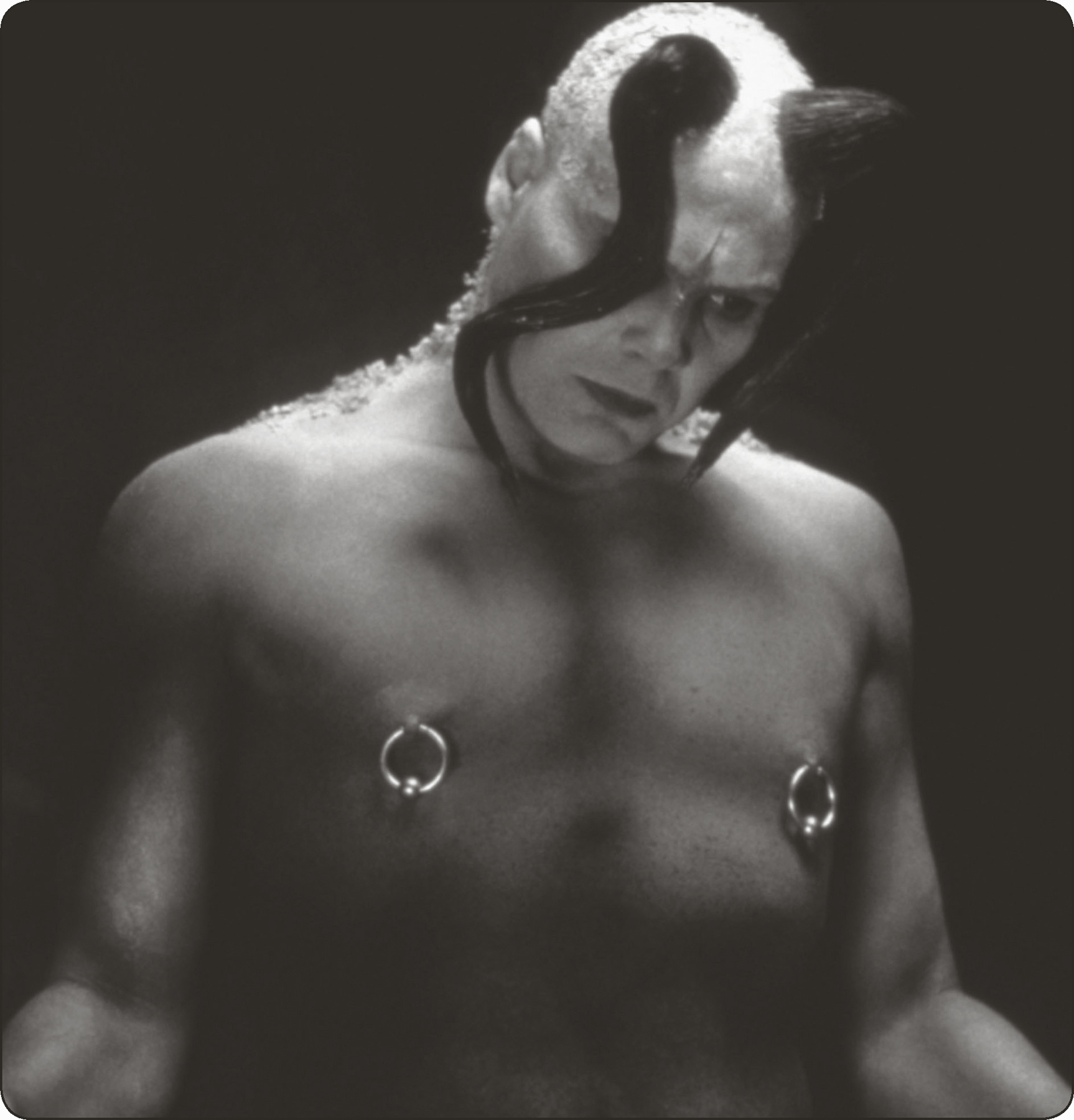
THE CELL 2000
 45%
45%
Directed by Tarsem Singh
Written by Mark Protosevich
Starring Jennifer Lopez, Vincent D’Onofrio, Vince Vaughn, Marianne Jean-Baptiste, Dylan Baker
Synopsis
A serial killer in a coma leaves detectives no clues as to where to find his latest victim, who will drown in one of his traps unless discovered. Desperate, they turn to an experimental new technology that will literally take a young psychologist into the serial killer’s mind on a surreal search for answers.
Why We Love It
1990s cinema threw every kind of serial killer imaginable at us. There was the one who used your skin to make his clothes, and the one who used your sins to wipe you out. There was the guy who copycatted other serial killers, and the guy in the cab who collected bits of his victims’ bones. There was even the guy who was actually possessed by the fallen angel Azazel. (That guy’s in Fallen, with Denzel Washington, a totally ludicrous blast.)
Then, in 2000, we got The Cell’s Carl Rudolph Stargher (Vincent D’Onofrio), who likes to drown his victims in glass cells while he watches, suspended above them via hooks that he’s dug into his own back.
This movie is what happens when filmmakers gather ’round and ask: “Serial killers are so in right now, but how do we take it to the next level?” So it is that our killer is a schizophrenic victim of child abuse who self-mutilates, builds elaborate torture devices, is a masterful plumber, and dreams of being a fabulously caped beast with horns made of hair. And so it is too that rather than just tracking Stargher down by searching for clues, testing DNA samples, and rummaging through databases, our heroes—the out-of-her-depth child psychologist (Jennifer Lopez) and cherub-faced detective (Vince Vaughn)—must literally enter his mind and do battle with him in his various incarnations to track down his latest victim.
Music video director Tarsem Singh, making his feature debut, gives them a very fucked-up mind to battle in. The imagery he creates is unforgettable. In the kingdom of Stargher’s head, his doll-like victims are garishly made-up, mutilated, and unnervingly skittish (surely, the creators of American Horror Story’s credit sequences took notes), while Lopez is variously shrouded in bizarre face jewelry or cast as a Virgin Mary as her Catherine Deane starts to lose her will and ability to distinguish fantasy from reality. At one point, in a move inspired by Damien Hirst, Singh shows a horse cleaved into twelve segments by falling glass walls simply because—we think—it looks cool.
This everything-and-the-kitchen-sink-plus-the-diced-up-horse approach has earned the film a devoted fandom. But it wouldn’t earn a place in this book without Lopez, who keeps things grounded as the singularly focused and sympathetic Deane. Even encumbered by outfits and makeup that the popstar J-Lo herself might deem a bit “much,” she provides the human connection that gives the movie heart even as it loses its mind.